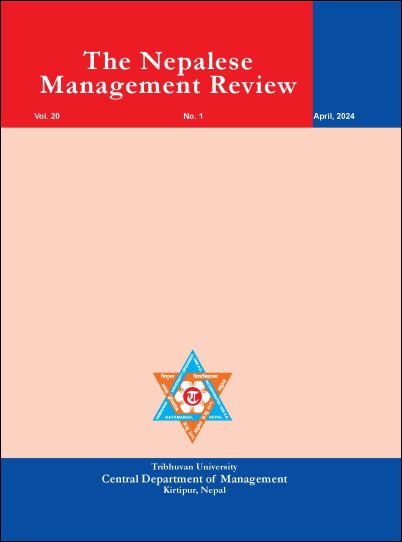Nexus between Inflation, Economic Growth and Government Expenditure of Nepal
DOI:
https://doi.org/10.3126/tnmr.v20i1.64737Keywords:
Inflation, economic growth, government expenditure, ARDLAbstract
In the context of Nepal, this study will explore the relationship between the rate of inflation, economic growth, and government spending. Government spending has been broken down in this analysis into three categories: government recurrent expenditure, government capital expenditure, and government financing expenditure. The time series data from 1974 to 2021 are used in the investigation. The econometrics tools used to analyze this link are the Granger-causality test, ARDL, Johansen co-integration, and the Augmented Dickey- Fuller (ADF) unit root test. The outcomes of using these econometric techniques reveal a long-term relationship between the rate of inflation, economic growth, and government spending, which indicates that public spending has beneficial externalities and links. In the short run, government spending has a greater impact on economic growth than the rate of inflation. The results of the causality test indicate that there is a one-way causal relationship between the rate of inflation and both economic growth and government spending.




